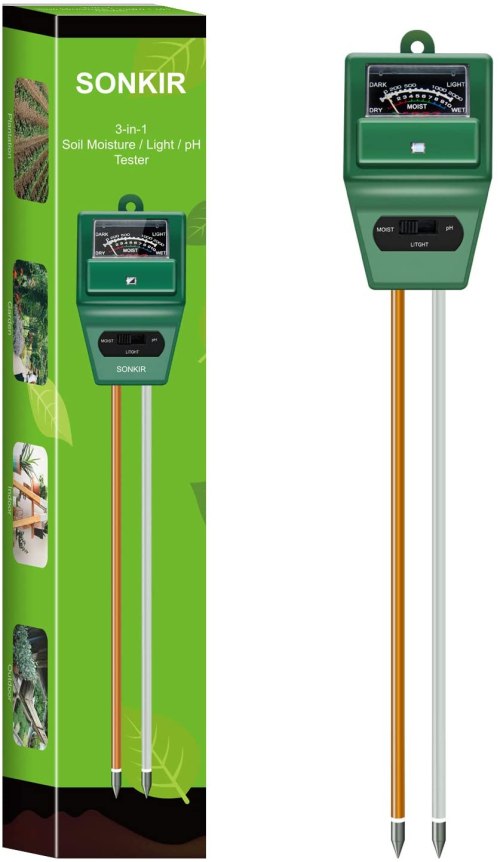Our editors independently select these products. Making a purchase through our links may earn Well+Good a commission
2 Sneaky Signs You’re Overwatering Your Plants—And How To Prevent Further Damage
There are two big signs you are overwatering plants. Here, a plant doctor explains what they are and how to prevent further damage.

I hate to break it to you, but giving your plants more water every time they look a bit off is probably doing them more harm than good. Housed in pots, it’s very easy for plants to drown in too much water. And according to plant doctor and stylist Maryah Greene, overwatering plants is an all too common issue.
Experts in This Article
plant expert and founder of Greene Piece
“Overwatering—it’s the number one reason people kill their plants,” says Greene during the latest episode of Greene Thumb by Well+Good, a series on the Well+Good YouTube channel. She says there are two big signs you are overwatering plants.
One of the most common is fungus gnats. “If you start to see those really annoying floating flies around your plants, that is a telltale sign that you are overwatering,” she says. To catch them, you can use sticky traps ($9), but, you’ll still want to get rid of the source.
“If you’re starting to see those fungus gnats around your plant, and just can’t seem to get rid of them, there are a couple things you can try,” she says. “First, you want to stop watering at all costs, reduce your watering schedule by a couple of days to a week, and allow the plant to dry out. Another thing you can try is adding a little bit of cinnamon to the top of the soil.”

Garsum Sticky Trap — $9.00
The second big sign you’re overwatering your plants is changes to your leaves. “Other common signs that you might be overwatering your plants are brown and mushy leaves or leaves that are just really droopy and does seem to be dropping off left and right with brown spots,” says Greene. These signs all point to root rot, a condition where your roots get mush and are unable to absorb the nutrients your plant needs and are prone to fungal growth.
Put simply, the solution to overwatering your plants is to give them less water. But, gauging how much water your plants get can be tricky. First things first, Greene says to stick to a watering schedule. But within that schedule, know that your plants might not need the same amount of water every time they’re watered. Green says to check the soil with your fingers or a water meter ($16) to be “really aware of how moist your soil is right before you go for the water.”

Sonkir 3-in-1 Soil Moisture/Light/pH Tester — $16.00
ThirdLove Just Launched Bras That Help Balance Your Body Temperature—Here’s Why That’s a Game-Changer for Women in All Life Stages

These Are the Only Types of Underwear You Should Be Wearing, According to Gynecologists

These Are the Summer Essentials You Should Bring With You Every Time You Leave the House, According to a Derm and an RD

If your plant is in a pot without a drainage hole, this can also lead to root rot. “You’ll want to repot your plant in fresh soil, and you’ll want to make sure that you’re adding drainage stones ($11) to the bottom of the pot,” says Greene. “This will prevent root rot and any excess moisture from sitting at the bottom of your pot.”

Small Polished River Pebbles Rocks Gravel — $11.00
Want to be the first to hear about the latest (and greatest) SHOP product drops, custom collections, discounts, and more? Sign up to have the intel delivered straight to your inbox.
Sign up for the Well+Good SHOP Newsletter
Get exclusive deals on wellness, beauty, fitness, and food products that have been hand-picked by our editors.
Got it, you've been added to our email list.







